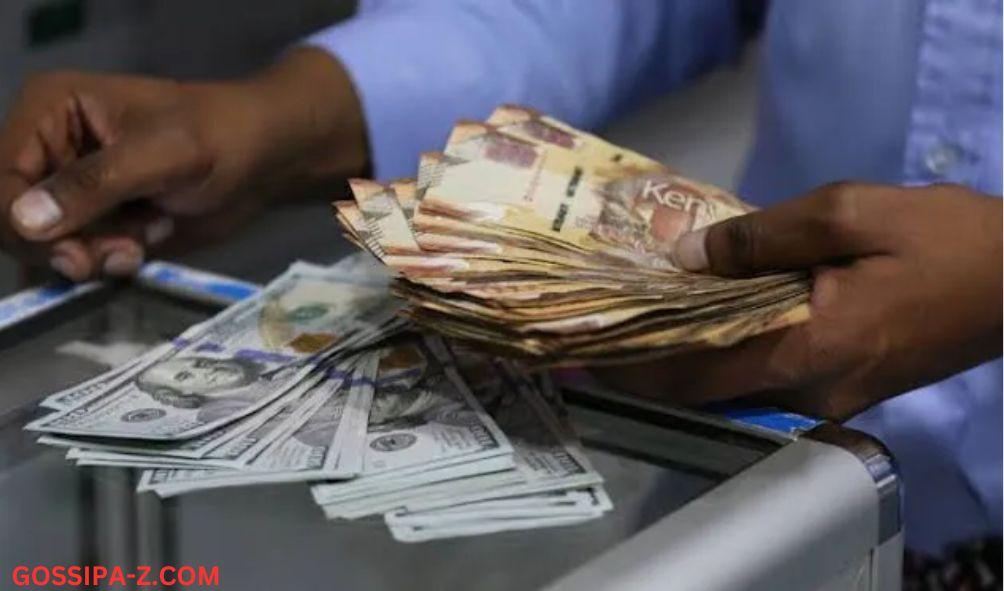Kenyan Shilling Soars: 1.8% Surge Sparks Historic Rally, Fueled by Tourism and Diaspora Remittances
On Thursday, February 1st, the Kenyan shilling experienced a notable 1.8% increase in value compared to the dollar. This achievement represents its fifth consecutive day of growth, reaching a historical peak not seen since 2021.
The conclusion of this transition signaled the conclusion of a recent downward trend, especially evident in December 2023, where the shilling experienced a 21% decline. Importers stand to gain from this development as they can now allocate less expenditure towards imports.
The rise in the value of the domestic currency is linked to the growth in tourism and the inflow of remittances from the diaspora.
The tourism sector in Kenya is poised to reach a notable achievement, with expectations of growth in 2024. Having generated Ksh333 billion (equivalent to 2 billion dollars) in 2023, the industry is anticipated to see even more expansion in the current year.
Likewise, individuals of Kenyan origin residing abroad have raised the amount of money they send to Kenya, with a majority now sending increased remittances to their homeland.
President William Ruto’s government has been employing a strategy of depending on the Kenyan diaspora to stabilize the shilling. The administration has been dispatching an increased number of temporary laborers to various countries globally.
ALSO READ:
- Ruto Holds Virtual Meeting With Uhuru, 3 Other Ex-African Presidents
- Kenya: Rape Suspect Caught Stealing Prosecutor’s Phone at Kibera Court
- Trans Nzoia Governor George Natembeya Faces Scrutiny Over Suspicious Withdrawal of Millions
- Murkomen Under Fire Over Remarks on Gen Z Mental Health, Forced to Apologize
- Donald Trump Appoints Daughter’s Father-in-Law, Massad Boulos, as Senior Advisor for Africa
It has been noted that the steadiness of the shilling has played a role in boosting export revenues.
In December 2020, amidst the Covid-19 pandemic, the shilling experienced a notable increase. This upward trend persisted into 2021, with the currency gaining 1.46% in value against the dollar.
In this timeframe, the domestic currency was exchanged at a rate of 109.44 to the US dollar.
“It would be premature to call this a trend,” an economist warned but maintained that in the short term, importers will benefit largely from the stability of the local currency.
In the middle of January this year, the shilling reached its lowest point ever, falling below the 160-unit threshold against the dollar.
Rising external debt service obligations, coupled with an increase in import bills, have led to the depreciation of the shilling.
Kenyan Shilling Soars: 1.8% Surge Sparks Historic Rally, Fueled by Tourism and Diaspora Remittances
